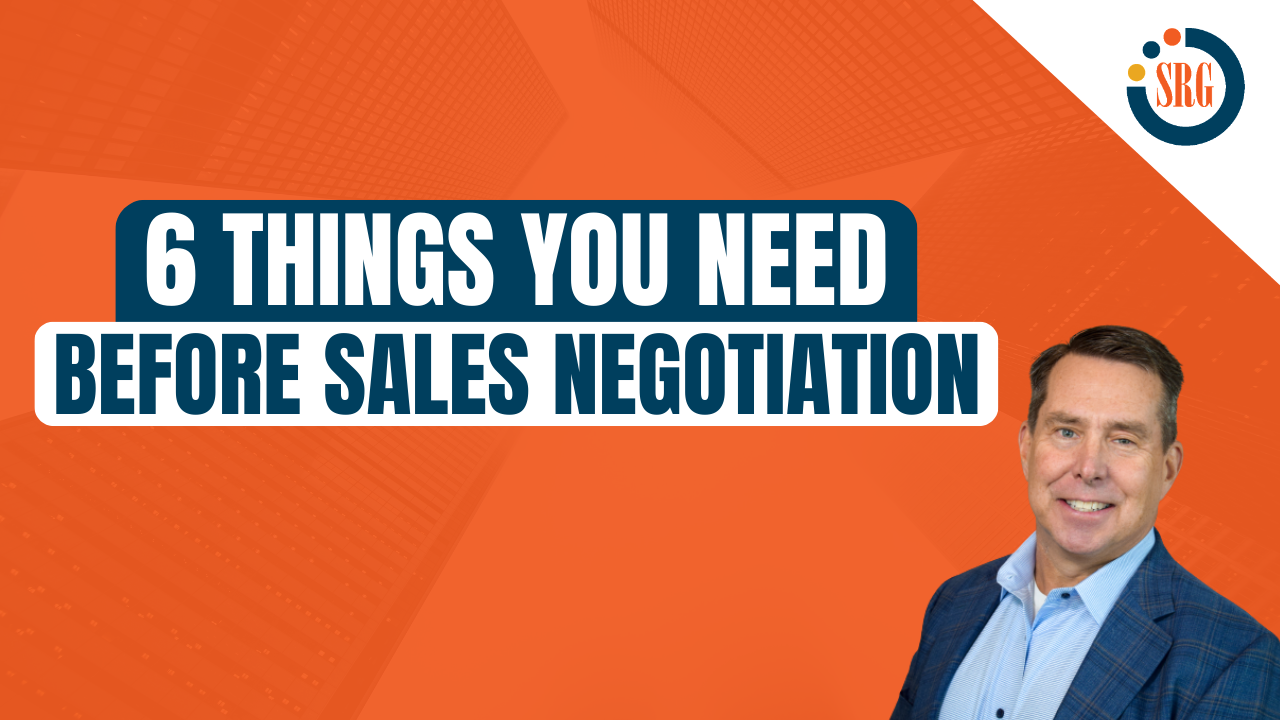6 Things You Need Before Entering Sales Negotiation


In the modern, competitive landscape of sales, negotiation is no longer simply about price; it’s about value. Smart sales professionals understand that selling value—before you start negotiating the terms of the deal—is paramount. Furthermore, a deep understanding of how the deal will unfold and who will be involved is crucial to setting yourself up for a successful negotiation.
Numerous research studies conducted over the past 20 years have highlighted that successful planning before entering into a negotiation can lead to shorter sales cycles, higher close rates and reduced concessions. Below are six essential elements to uncover in the sales process before entering into negotiations.
Value Drivers
Before you begin discussing the terms of a potential deal, you must understand what the client values most. What are the key factors that will influence their buying decision? Is it quality, specific features, price, support or brand reputation? How will your solution impact their business?
By clearly understanding these criteria, you can position your product or service in a way that directly addresses the buyer's needs and priorities, ensuring that the conversation begins on solid ground. Is there a published list of requirements or buying criteria? Ensure you know what is most important to the client and how you will be evaluated before you begin discussing price and contract terms. You want to create a preference for your product or solution in the customer's mind before you begin the negotiation.
Buying Committee Members/Personas
In today’s complex B2B sales environment, there will likely be a buying committee—various stakeholders who have input into the purchase decision. They might be from different departments and have diverse interests and concerns. Identify these personas early and understand their unique motivations and pain points. This allows you to tailor your value proposition to each member, increasing the chance of a favorable consensus.
Final Decision Maker
Though there will be multiple stakeholders influencing your deal, among them, there will be a final decision maker—the person who has the ultimate authority to say yes or no. Identifying and understanding this individual, their negotiation style and their business priorities is vital. A trusted ally or inside coach may help you adapt your approach to this individual. Tailoring your pitch to address this person’s specific concerns and needs is often what clinches the deal.
Procurement’s Role
The procurement department may play a more powerful role than ever in today’s purchasing decisions. They can be your ally or your obstacle. Understand their process, criteria and timelines. What steps and approvals are required? Are there vendor qualifications that must be met?
Familiarizing yourself with the procurement department’s expectations, procedures and guiding principles can save you from unexpected hurdles when you are deep into the negotiation process. The most effective way to approach this is to treat them like another critical stakeholder—meet with them, develop a relationship and understand their unique requirements.
Implementation Timeline (When Do You Need It?)
Timing is everything. Knowing the client’s timeline for when they need your product or service implemented is essential. This isn’t just about how quickly they want to make a purchase; it’s about understanding their broader business needs. Do they have a major product launch or an industry event that your product or service is critical for? Can you use their timelines to help create urgency for getting the deal done?
Acknowledging this timeline and demonstrating how your solution can meet these needs is an essential component of selling value and getting the deal done in the shortest time possible.
Steps To Close
Each organization has its own unique purchase process. Some may require multiple rounds of approval, while others might need extensive legal reviews and vetting of new vendors. Understanding the steps required to finalize the deal—and the timeline for each—enables you to prepare for delays and anticipate potential issues. It ensures that you are not caught off guard by internal processes that are beyond your control. Ask questions to identify all of the steps needed to close the deal, outline them with your stakeholders and ensure everyone is in agreement on what needs to happen to finalize a contract.
In Summary
Negotiating a sales deal is an intricate dance, but the steps don’t have to be mysterious. Before you start talking terms, pricing and discounts, be sure you’re speaking to the right people about the right things at the right time. Understand what value your product or service offers to the buyer and frame your negotiation around these values.
By focusing on selling value and gaining a comprehensive understanding of these six key areas before entering into a negotiation, you position yourself as a trusted advisor who is helping accomplish their objectives as opposed to just selling a product. You become a partner who understands the needs and processes of the buyer and can work with them versus against them to accomplish a shared goal. This approach not only increases your chance of closing the deal but also sets the stage for a successful, long-term relationship.
In the end, a successful negotiation is not just about winning a deal or positioning the best price—it’s about creating a mutually beneficial partnership that stands the test of time based on value, understanding and trust.
